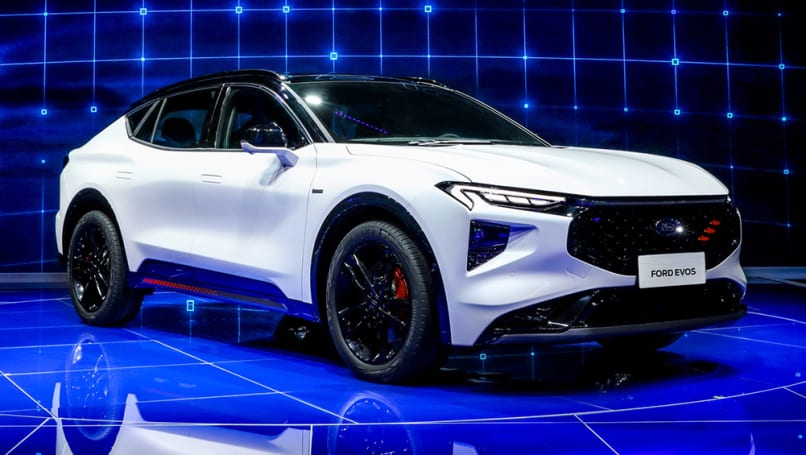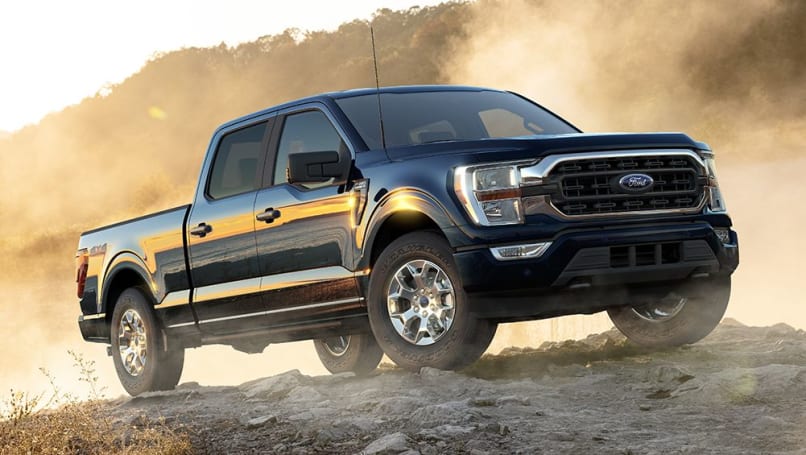.jpg)
[ad_1]
Holden’s demise can be blamed on many factors, but one of them is Australia’s status as a right-hand drive market. As General Motors itself admitted when it closed the brand, the “highly fragmented right-hand drive markets” made it difficult to build right-hand drive cars.
But technology is coming to save the day for right-hand drive cars, and that could lead to more makes and models entering our market.
Many saw the development of electric cars as a potential catalyst for change, as it was often the internal combustion engine and its ancillary components that made it difficult to shift the steering column from one side to the other. Smaller electric motors were thought to remove one of those hurdles, but according to Ford’s electric vehicle program director Darren Palmer, that’s not the case.
“Not particularly, not yet,” he said. “You have to make the dashboard the other way around, [plus] brakes, accelerator and steering. And sometimes you have a specific collision requirement for that market… But you machined the parts the other way around.
“When you design a car, you have to make sure it can go both ways. Otherwise, I will have to change a lot of parts. The fact that there’s a right-hand drive means you can’t use that space in the most efficient way and you have to move things around, so it’s not very easy.”
Fortunately, Mr Palmer – and the car industry in general – has a solution.
“One time with drive-by-wire and brake-by-wire, those things [will] it became easier,” he explained.
So-called fly-by-wire technology eliminates the mechanical connection between, for example, the brake pedal and the braking equipment, and instead uses a digital signal to activate the brakes. It is already widely used in the aviation industry to reduce weight and has already begun to be deployed in select vehicles.
For example, the Chevrolet Corvette C8 uses a braking system, and the Infiniti Q50 and Q60 were the first production cars to use a steering system. While this technology is not yet widely available in the automotive space, it could be game-changing for right-hand drive markets such as Australia.

However, despite the mixed reviews of the Infiniti models and how they handled, there is still some development to be done before this technology is ready for wider use in the automotive industry.
As Mr Palmer explained, removing the mechanical links between the steering wheel, accelerator and brakes would make right-hand drive vehicles simpler. It will also significantly reduce the amount of engineering work required and could mean that more models will be available in our market in a timely manner.
This is a particularly relevant topic for Ford Australia, as the brand was so confident in the potential of the F-150 pickup truck in our market that it convinced management in Detroit to allow it to convert it from left-hand drive to right-hand drive locally.
Diane Craig, president of Ford International Market Group, said about it CarsGuide Recently in Detroit, the success of the F-150 project could lead to more locally redesigned right-hand drive models – and not just for the Australian market.

“That’s what this opportunity and job is all about [conversion partner] RMA [Group] can really give us an opportunity not just in Australia but in other right-hand drive markets as well,” Ms Craig said. “It’s all about scale, with Ranger and Everest we’re achieving scale. But, yeah, we’ll see, we think the right-hand drive F-150 redesign is a great example of what we can do.”
Ford isn’t alone either, as Walkinshaw Automotive Group has grown to scale beyond Holden Special Vehicles, now converting Chevrolet and Ram pickups for local buyers, and soon helping Toyota redesign its right-hand drive Tundra as well.
But the relatively low-volume conversion for right-hand drive is likely to be a short-term solution for Ford, and the fly-by-wire technology will be a key breakthrough for more mainstream models to eventually find their way onto local roads.
In theory, this could eventually mean that car manufacturers will be able to offer any model equipped with Fly-by-Wire technology, for both left and right-hand drive, without the significant problems faced today – which ultimately cost Holden dearly. .
[ad_2]
Source link
